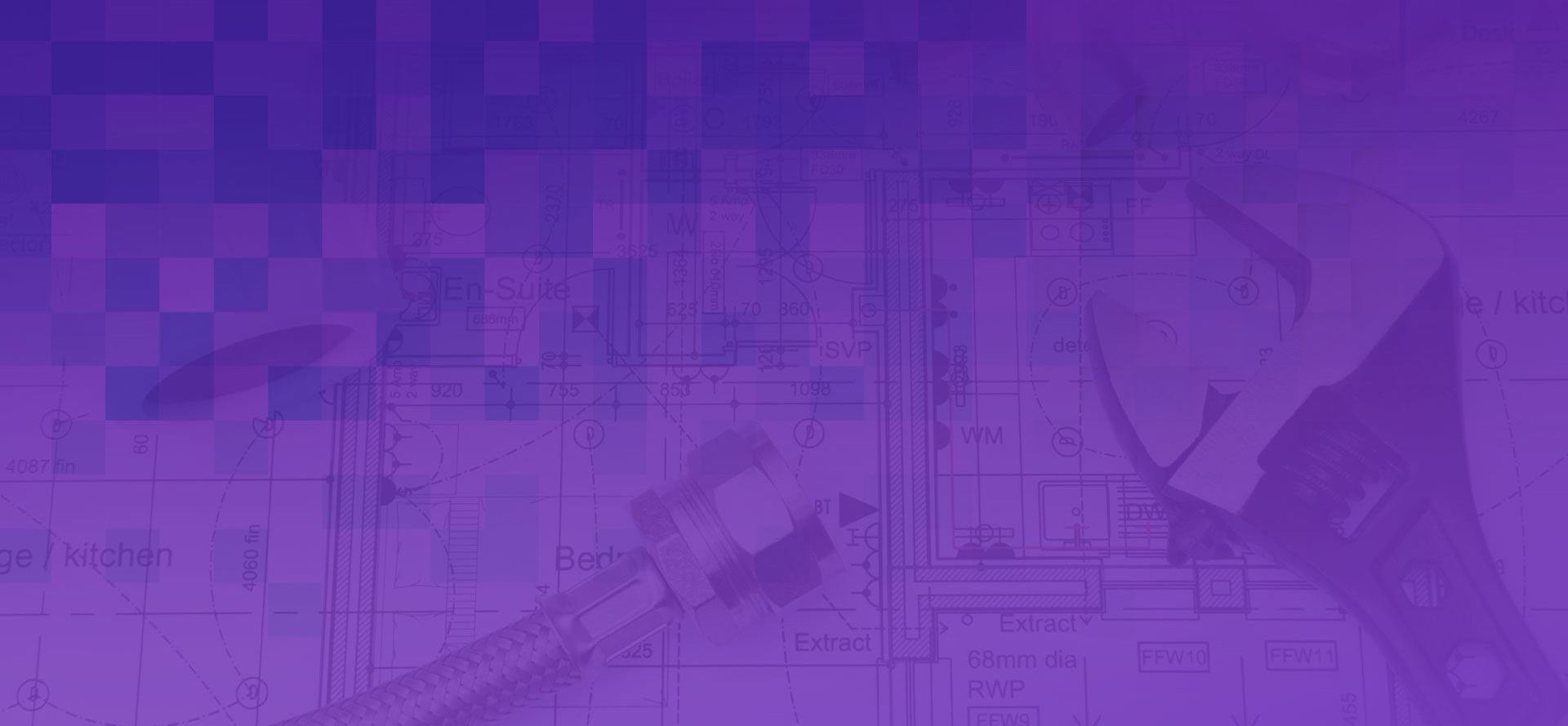Celebrate St. Patrick’s Day With These 3 Easy Ways To Make Your Home Greener
For those homeowners looking to go green this year, there’s no better time to start than St. Patrick’s Day - and no better place to start than the plumbing system! Implementing eco-friendly plumbing practices and technology is one of the best (and least expensive) ways to reduce a home’s environmental impact. It’s also a great way to help eliminate unnecessary utility costs due to waste. Read on to learn about three simple changes that can dramatically reduce a home’s carbon footprint - and monthly bills.
Install Water-Saving Toilets, Faucets & Showerheads
Outdated plumbing fixtures account for the vast majority of a home’s annual water waste. Even one old toilet can waste several thousand gallons of water each year. Most newer fixtures are designed to use less water, but some are more efficient than others. Fixtures bearing the EPA’s “WaterSense” stamp of approval are the way to go for maximum water conservation and functionality.
High-efficiency and low-flush toilets can use as little as 1.1 gallons per flush, whereas a standard toilet may use anywhere from 2 to 3.5 gallons. Some homeowners worry that the lower water volume makes for a weaker flush, but this is false - high-efficiency toilets use gravity and powerful water jets to forcefully remove waste.
Traditional sink faucets have a maximum flow rate of 2.2 gallons per minute. A water-saving faucet can reduce that to 1.5, or even as little as 0.5 GPM in some cases, while still being sufficient for hand-washing and other basic tasks. Similarly, water-saving showerheads may have a flow rate of 1.5 GPM (down from the standard 2.5) but use gravity or an aerator device to deliver sufficient bathing power.
Install an Energy-Efficient Water Heater
A home’s water heater consumes a surprising amount of energy - around 20% of the household total. Only the HVAC system uses more energy. Naturally, the utility costs can add up - as can the toll on the environment. Homeowners can save hundreds of dollars and significantly reduce their carbon footprint by replacing that old water heater with a more efficient model.
Energy-efficient water heaters come in many forms. Some feature dense foam insulation that prevents wasteful heat loss from the storage tank. Others may be tankless, only heating water as it’s needed. Others capture and utilize natural gas exhaust for extra heating power. Hybrid water heaters use a combination of heat pump technology and electric burners to produce hot water. Some may not work as well as others for larger families or in Wisconsin’s cold climate, so it’s always best to consult with a professional plumber to find the right unit.
Establish New Green Habits for Water Use
Even before the new fixtures and appliances are in place, household water (and energy) waste can be dramatically reduced with a few simple changes to the family’s water usage habits. Leaving the water off while brushing teeth and shaving saves thousands of gallons per year. As can taking shorter showers - simply set a timer and try to reduce the time by one minute each day.
Waiting to do laundry or run the dishwasher until there’s a full load can save on both water and electricity. Similarly, using cold water whenever possible (doing laundry, brushing teeth, shaving, rinsing vegetables, etc.) can reduce water heater consumption. Creating new habits can be difficult, but maintaining a green household and seeing those utility bills shrink is powerful motivation!
About Knight Plumbing
Knight Plumbing is a locally-owned family plumbing business in Milwaukee, Wisconsin. As an award-winning, 5-star-rated company, they put the safety and satisfaction of their customers above all else. Knight promises on-time arrival, up-front pricing, and warranty-backed guarantees on repairs and installations.
